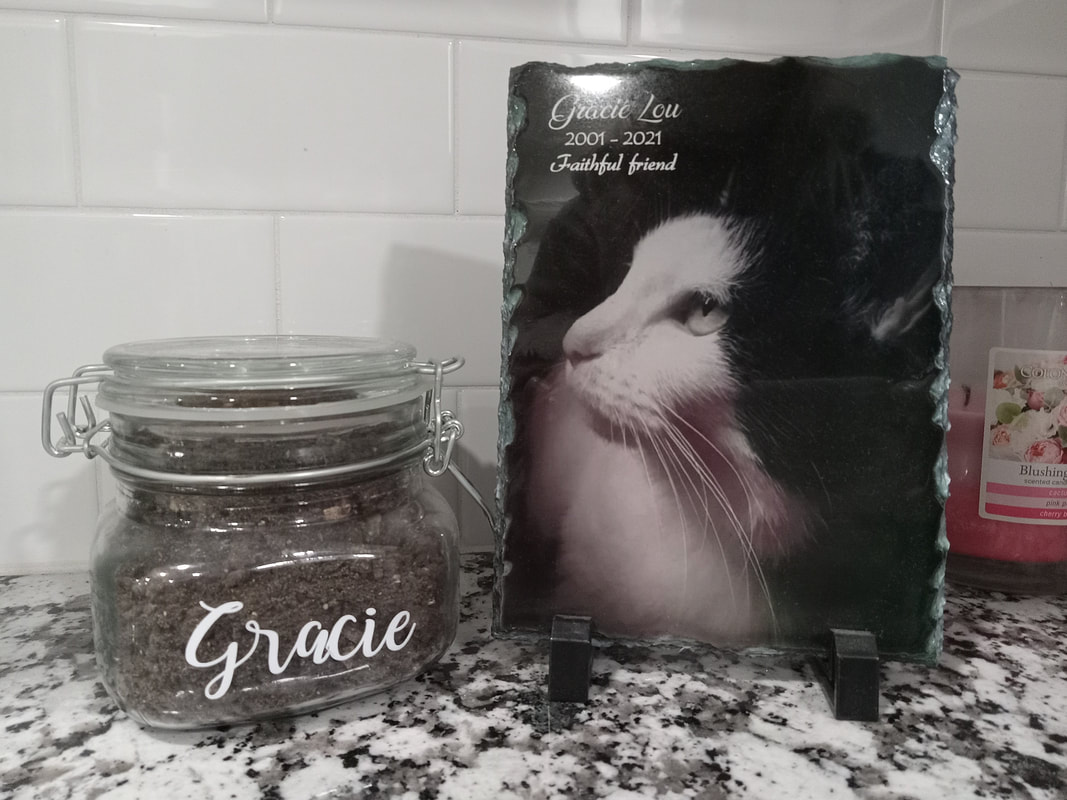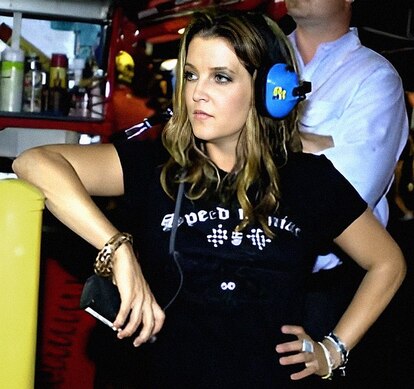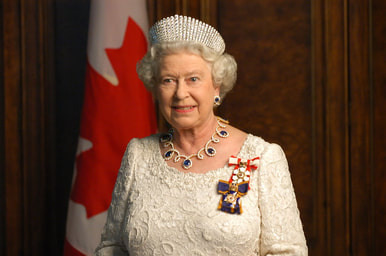As Pride Month comes to an end, know that my support for you does not.Let's make something crystal clear: Eulogies by Aubrey is inclusive to families of all beliefs and walks of life. This includes the LGBTQ+ community. It is never my job to judge people, or their loved ones, especially during times of grief. It my job to love others, and to serve those who place their trust in me and my business with the utmost dignity and respect. If you are LGBTQ+, including non-binary or transgender, or if the loved one whom you are grieving was, you are safe to be honest and open here. I promise. Considering this, I have updated the questionnaire on my Order Page to reflect the need for pronouns, as opposed to requesting gender (which I did in order to get a loved one's pronouns right anyway, while writing). Please feel free to comment below with any other ideas you have for improving my site to make it more welcoming for all. Love, Aubrey 🏳️🌈 "If you are not personally free to be yourself in that most important of all human activities...the expression of love...then life itself loses its meaning."
|
Archives
May 2024
Categories
All
|
Proudly powered by Weebly










 RSS Feed
RSS Feed
